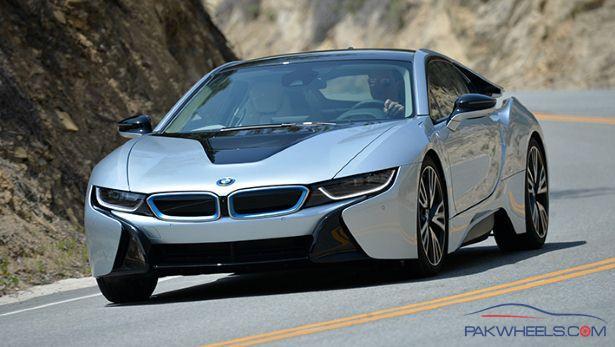What's the exact point of all this complication and novelty?
Efficiency. The aim is to make a car that'll operate all-electrically in the new era when some cities are banning or tolling combustion cars. And even in the hybrid and sports modes, even if you never plug it in, it'll go about 30-50 percent further on a gallon than other cars of similar performance: we're talking 0-62 in 4.4 sec. And because plug-in energy isn't counted in the European fuel cycle, it registers an official figure of 135mpg and 49g/km CO2. It gets the Pound 5000 Government plug-in grant, is exempt from the London congestion charge and worms its way out of road tax. And if it's a company car you'll pay somewhere not far shy of Pound 10,000 less personal tax per year than a 911.
Thanks to all that obsessive lightweighting, it's just 1465kg, even though it's got nearly 98kg of battery aboard, and another 100kg of power electronics and e-motors. There's a second motor, which acts as a starter/alternator for the petrol engine, and more interestingly develops a pulse of torque that covers the hole while the turbo spools up. Wringing all that power out of a 1.5-litre engine required a far bigger puffer than on the same engine in a Mini Cooper, and that'd normally lead to endless laaaaaaag.
Weight affects consumption when you're accelerating or climbing, but drag matters at steady speed. To eke out the energy, the tyres are low-resistance jobs, and have a narrow but tall shape to cut drag. The body is obsessively low-drag, with a Cd of 0.26 and a low frontal area.
